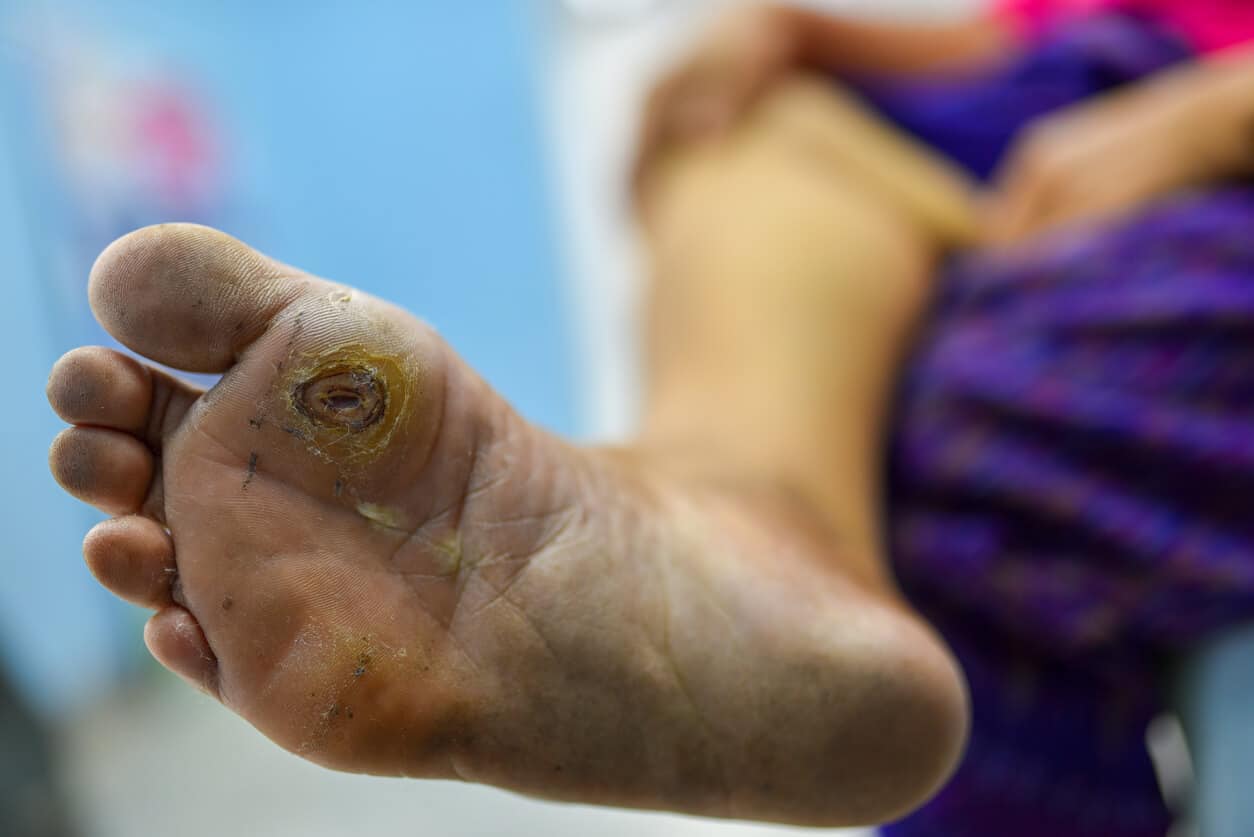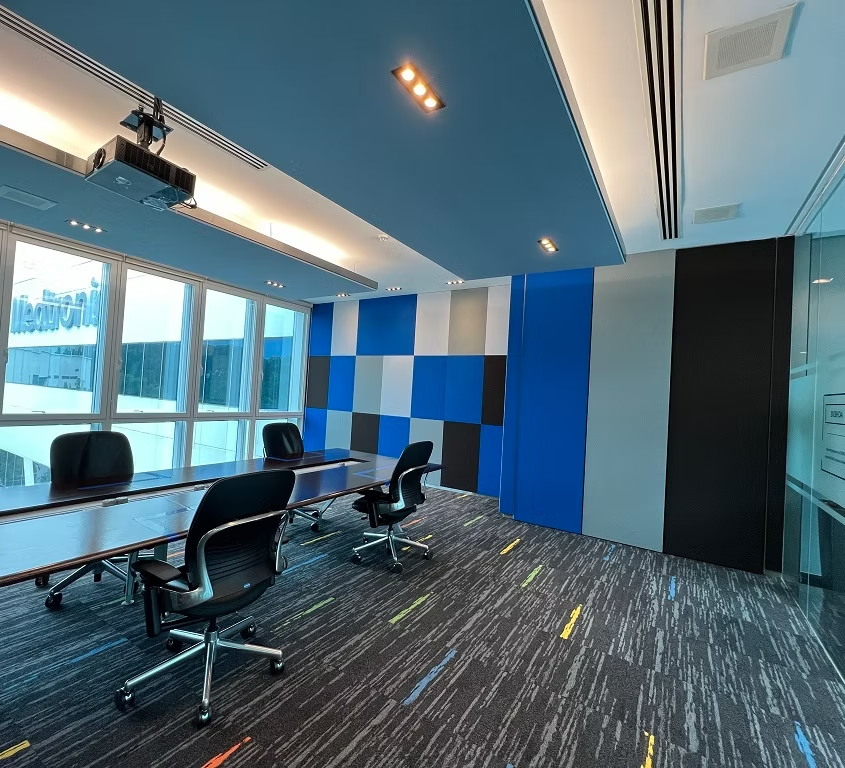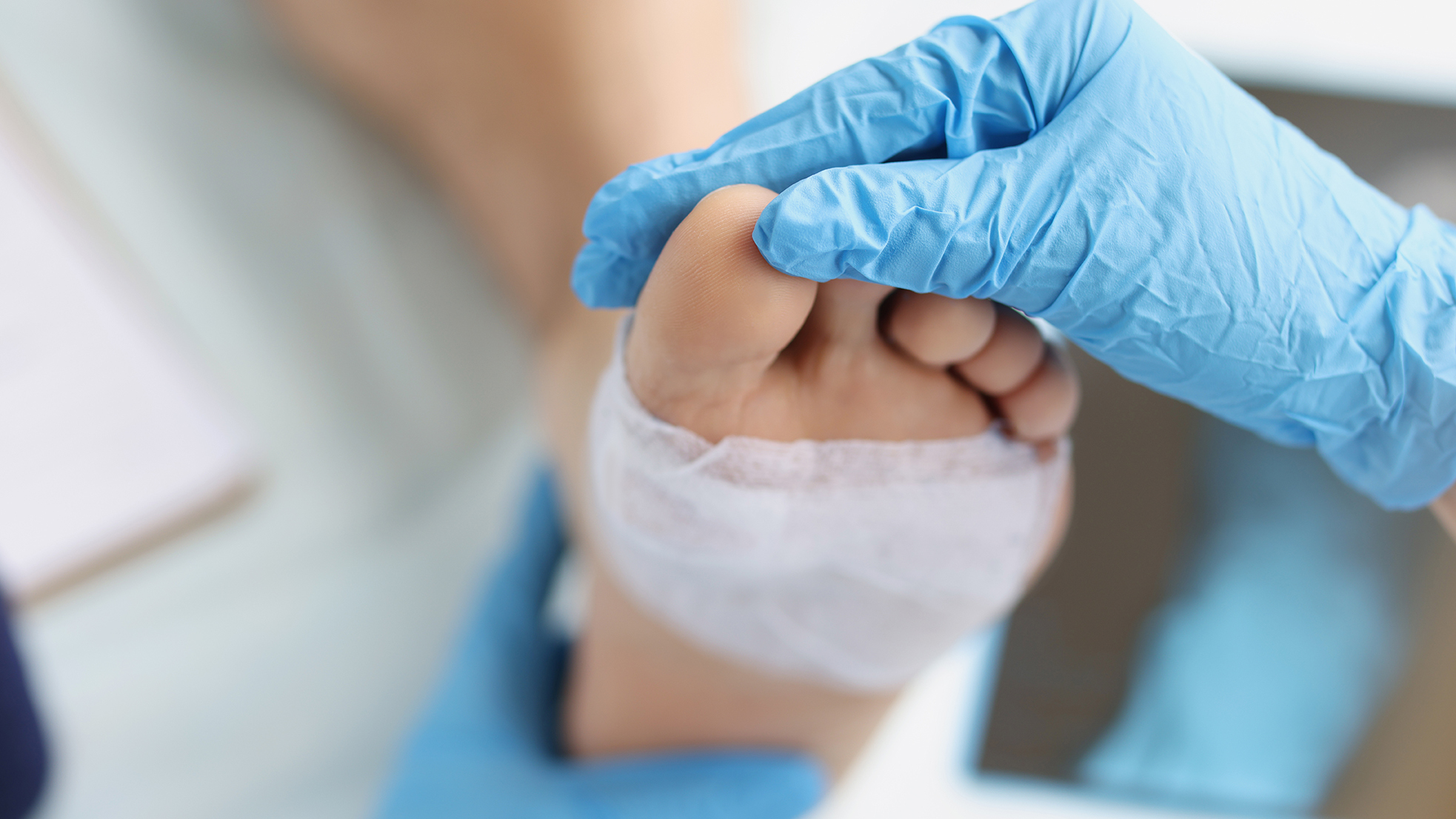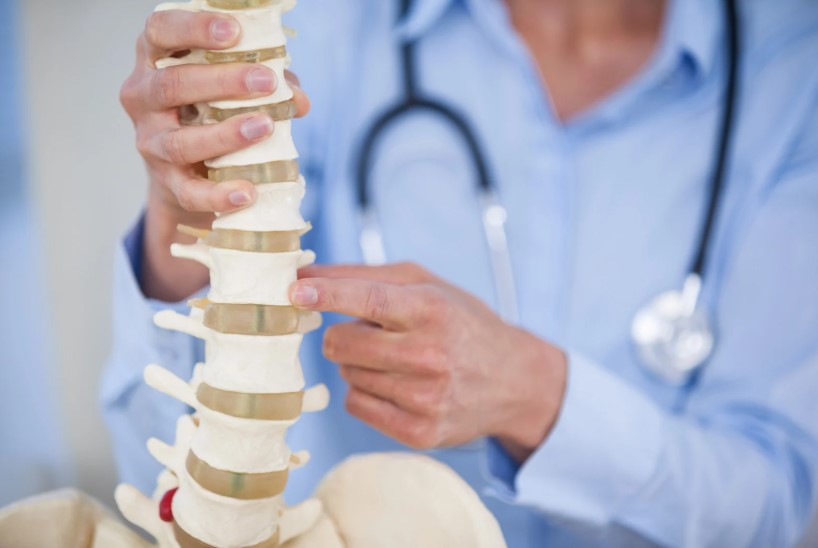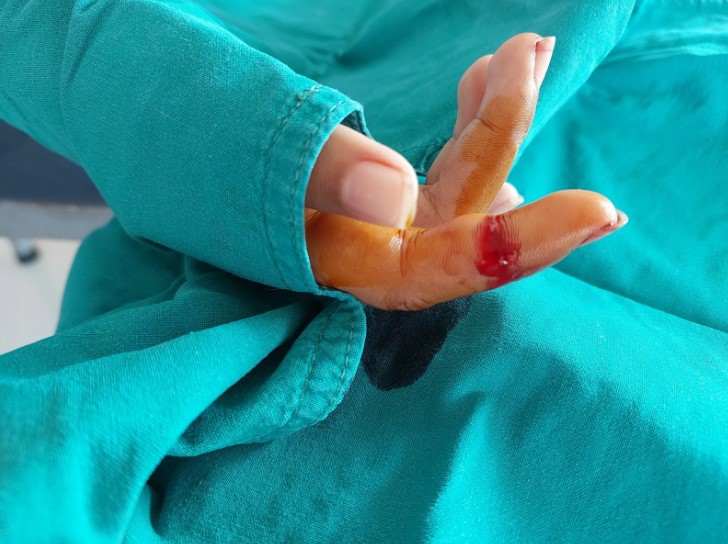Diabetic gangrene is a serious complication that arises when diabetes damages blood vessels and nerves, leading to tissue death. This condition most commonly affects the extremities, particularly the feet, and can escalate quickly if left untreated. Patients with poorly controlled blood sugar levels are especially vulnerable, as high glucose levels impair circulation and immune response. Early detection is critical because timely medical intervention can prevent the progression to severe infections or amputation. Signs such as discoloration, persistent ulcers, foul odor, and cold or numb extremities should prompt immediate evaluation by a healthcare professional. Understanding the severity and implications of diabetic gangrene allows patients and caregivers to prioritize preventive measures and seek specialized care promptly. Orthopedic treatment plays a key role in preserving limb function and improving quality of life for affected individuals.
The Role of Orthopedic Care in Diabetic Gangrene
Orthopedic specialists bring a crucial perspective to the management of diabetic gangrene. Unlike general wound care providers, orthopedic surgeons assess the structural integrity of bones and joints, ensuring that infections have not reached deeper tissues. These specialists often collaborate with podiatrists, endocrinologists, and vascular surgeons to provide a comprehensive treatment plan tailored to each patient. Orthopedic interventions aim to restore mobility, prevent further tissue damage, and minimize the risk of amputation. Through careful evaluation and targeted strategies, orthopedic care addresses both the immediate complications of gangrene and the long-term health of the patient’s limbs. Patients often benefit from personalized rehabilitation programs that combine physical therapy with specialized footwear or orthotic devices. The integration of orthopedic expertise into diabetic care emphasizes proactive management rather than reactive treatment.
Diagnostic Procedures and Assessment
Accurate diagnosis is essential for effective orthopedic treatment for diabetic gangrene. The process begins with a detailed patient history, including diabetes duration, previous foot problems, and circulation issues. Physical examination focuses on skin color changes, temperature differences, and signs of infection or necrosis. Imaging techniques such as X-rays, MRI, CT scans, and Doppler ultrasounds provide insight into bone involvement and vascular health. Laboratory tests, including cultures and blood markers, help identify the presence and severity of infection. Orthopedic specialists also evaluate the extent of tissue death to determine whether surgical intervention is necessary. This comprehensive assessment ensures that treatment decisions are based on a full understanding of both local and systemic factors affecting the patient’s condition.
Non-Surgical Orthopedic Interventions
Not all cases of diabetic gangrene require surgery, and non-surgical orthopedic interventions can be highly effective in selected patients. Debridement, the careful removal of necrotic tissue, promotes healing and reduces the risk of further infection. Antibiotics, whether systemic or topical, are essential for controlling bacterial growth and preventing sepsis. Offloading techniques, such as specialized footwear or casts, reduce pressure on affected areas and enhance circulation. Hyperbaric oxygen therapy may also be used to improve oxygen delivery to compromised tissues, accelerating the healing process. Regular monitoring and wound care by orthopedic specialists ensure that patients receive timely adjustments to their treatment plan. Combining these approaches allows for conservative management while maintaining limb function and reducing the likelihood of more invasive procedures.
Surgical Orthopedic Approaches
Surgery becomes necessary when non-surgical measures cannot control the infection or when gangrene threatens the patient’s overall health. Minor amputations may be performed to remove localized necrotic tissue, while more extensive procedures are sometimes required to prevent life-threatening complications. Revascularization surgery is another option, aimed at restoring blood flow to affected areas to promote healing. Post-surgical care includes meticulous wound management, infection prevention, and structured rehabilitation to restore mobility and independence. Orthopedic surgeons also focus on techniques that maximize limb salvage, using advanced methods to preserve as much function as possible. Patient education on post-operative care is critical, as adherence to wound care protocols directly impacts recovery outcomes. The combination of precise surgical techniques and vigilant follow-up ensures the best possible prognosis for patients with severe diabetic gangrene.
Rehabilitation and Long-Term Management
Recovery from diabetic gangrene requires ongoing rehabilitation and long-term management strategies to prevent recurrence. Physical therapy helps patients regain strength, flexibility, and balance, reducing the risk of falls and further injuries. Orthopedic footwear, custom insoles, and assistive devices provide support and protect vulnerable areas from pressure or trauma. Lifestyle modifications, including blood sugar control, regular exercise, and proper nutrition, are essential for maintaining circulation and preventing complications. Regular check-ups with orthopedic and diabetes specialists help monitor foot health and identify early signs of infection or tissue damage. Education on self-care practices, such as daily foot inspection and hygiene, empowers patients to take an active role in their recovery. A holistic approach that combines medical treatment, rehabilitation, and preventive care ensures long-term mobility and quality of life for patients affected by diabetic gangrene.
Preventive Strategies and Patient Education
Prevention is a cornerstone of managing diabetic gangrene, and orthopedic specialists play a pivotal role in patient education. Daily foot care, including washing, moisturizing, and inspecting for cuts or ulcers, is essential for early detection of issues. Maintaining glycemic control reduces the risk of circulatory problems that can lead to tissue death. Patients should be educated on recognizing warning signs such as swelling, redness, or persistent pain, and encouraged to seek immediate orthopedic evaluation if these symptoms appear. Wearing properly fitted shoes and avoiding barefoot walking can prevent pressure injuries and infections. Regular follow-ups with orthopedic and diabetes care teams help reinforce preventive habits and monitor the effectiveness of treatment strategies. Empowering patients with knowledge and practical tools reduces the incidence of gangrene and supports overall limb health.
Frequently Asked Questions (FAQ)
- What are the early signs of diabetic gangrene that require orthopedic attention?
Early signs include discoloration of the toes or feet, persistent ulcers, foul odor, numbness, and cold extremities. Prompt evaluation by an orthopedic specialist is critical. - Can orthopedic treatment completely prevent amputation in diabetic gangrene?
While not all cases can avoid surgery, timely orthopedic intervention can often limit tissue damage and reduce the extent of amputation required. - How long does recovery take after surgical intervention for gangrene?
Recovery varies depending on the severity and type of surgery, but most patients require several weeks to months of rehabilitation and wound care. - Are there non-surgical options that are effective for diabetic gangrene?
Yes. Debridement, antibiotics, offloading techniques, and hyperbaric oxygen therapy are effective in many cases, especially when detected early. - What lifestyle changes help reduce the risk of diabetic gangrene recurrence?
Maintaining blood sugar levels, practicing daily foot care, wearing proper footwear, staying active, and attending regular medical check-ups are crucial preventive measures. - How often should patients with diabetes see an orthopedic specialist for foot health?
Patients with diabetes, especially those with neuropathy or prior foot problems, should have orthopedic or podiatric evaluations at least every 3 to 6 months, or sooner if issues arise.

